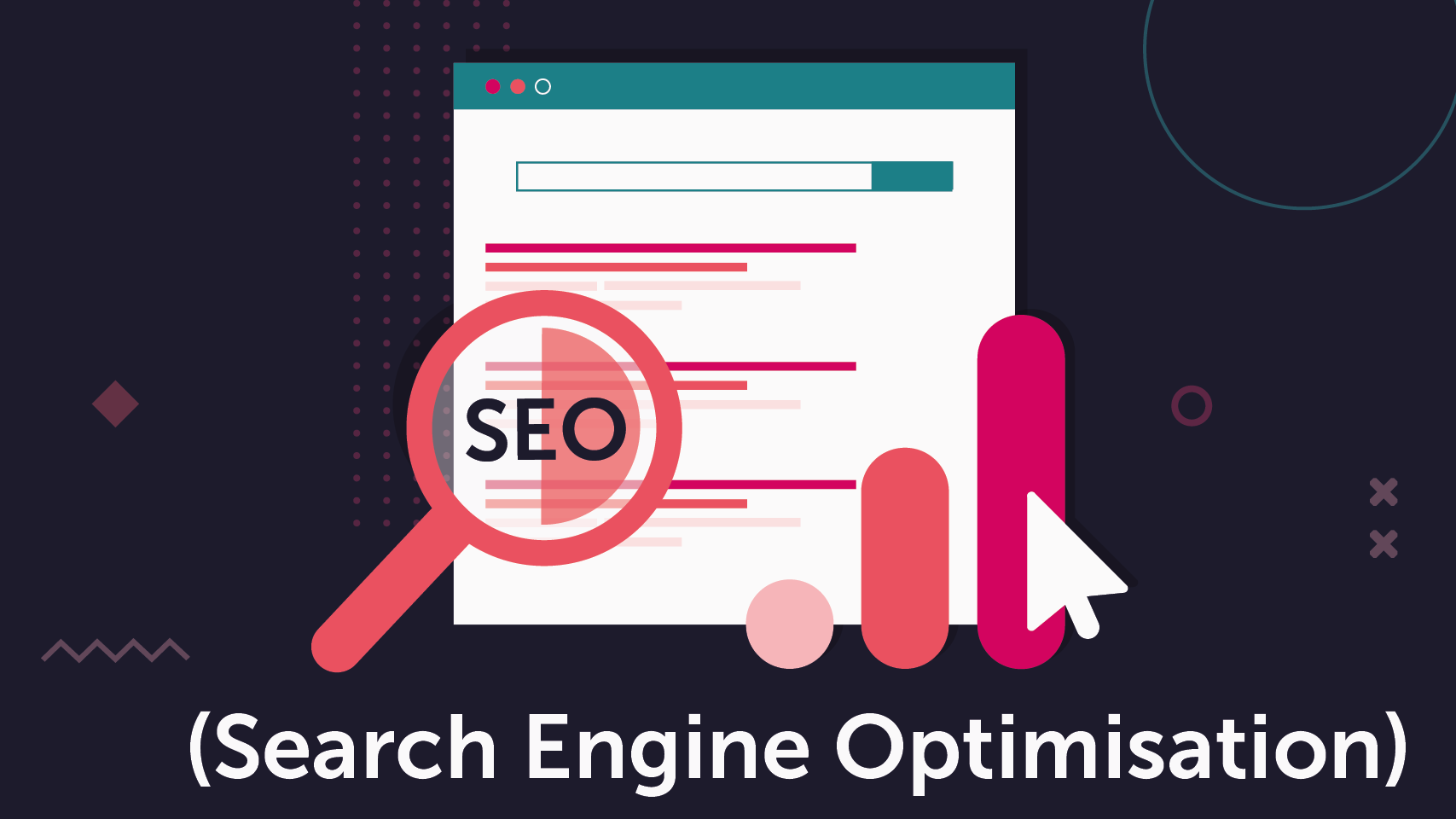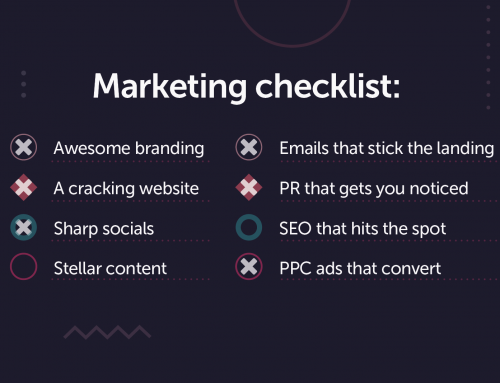
SEO (search engine optimisation) is no good unless you know how people search — so you have to put in the research. There’s no point just creating whatever content you fancy without basing it on insights.
People do detailed searches these days, and they all want answers as quickly as possible. The more specific you can be with your content and titles, the more likely it will be to rank above competitor content.
Here are some of our basic tips to get you ahead in the content SEO game…
Talk to your customers
The best way to start is to get chatting — notice the keywords and phrases your customers naturally use when talking about your product or business. The language they use when they talk will often be the language they use when they’re searching.
You can then make a list of these keywords or phrases and research which ones will perform best by looking at their monthly search volume. Don’t forget to look at keyword difficulty, too. A keyword might have a really high search volume, but if the keyword difficulty is more than 70%, it means lots of others are trying to rank for it, making it harder to compete.
It’s also worth remembering that your competitors are probably creating the same types of content and targeting a similar audience to you. By analysing your competitors’ websites and keywords, you can gain insights to help you generate new ideas for your own content.
Utilise your tools
Google Keyword Planner is a classic tool for discovering keywords and checking their volume. You can filter down the keywords to find the most relevant ones to your business: get specific with locations, language, search networks and date range for the best results.
SEM Rush is another great tool to maximise your SEO reach. One of its top selling points is the ability to see what competitors are ranking for. You can find competitors you didn’t even know you had — giving you loads of opportunities for improvement. It works seamlessly with Google Docs, Google Analytics and Google Search Console to help you find relevant keywords and create the freshest content.
Get on your analytics
Google Analytics can help you identify trends and patterns in how your visitors engage with your website. Basically, it gives a very deep dive into your website performance.
There are two particularly handy features for maximising your SEO reach: user acquisition data and user behaviour data.
User acquisition data provides insight into how your customers arrive AT your site. It’s always useful to know if they accessed your site through social media links, paid search engine results or a quick search of your URL.
User behaviour data shows what customers are doing ON your website. Understanding how long they spend on the page, how many pages they visit and how they engage with content means you can tweak your site to create a more effective user experience.
Create your content
Now you know what’s grabbing the attention of those web surfers, you can make content they’ll actually want to read!
Use your keywords/phrases and competitor analysis as the basis for a long-term content plan. Each keyword should branch off into a bunch of others, and with that comes more ideas for content.
By fitting these keywords into your content, you’ll start to rank for them organically, pushing your website higher and higher up in search results. Just remember to keep it natural: your content should still flow and be written for humans, not bots. So, go easy — keyword stuffing is a massive no-no!
The world of SEO is constantly changing, and keeping up with the most recent best practices, guidelines and Google algorithm updates can be a challenge in itself. At Hyped Marketing, we love getting our teeth into SEO and know exactly how to analyse and tweak your website so that it performs the best it can in online search results. If you want to learn more about our SEO and digital marketing services, drop us a message!










